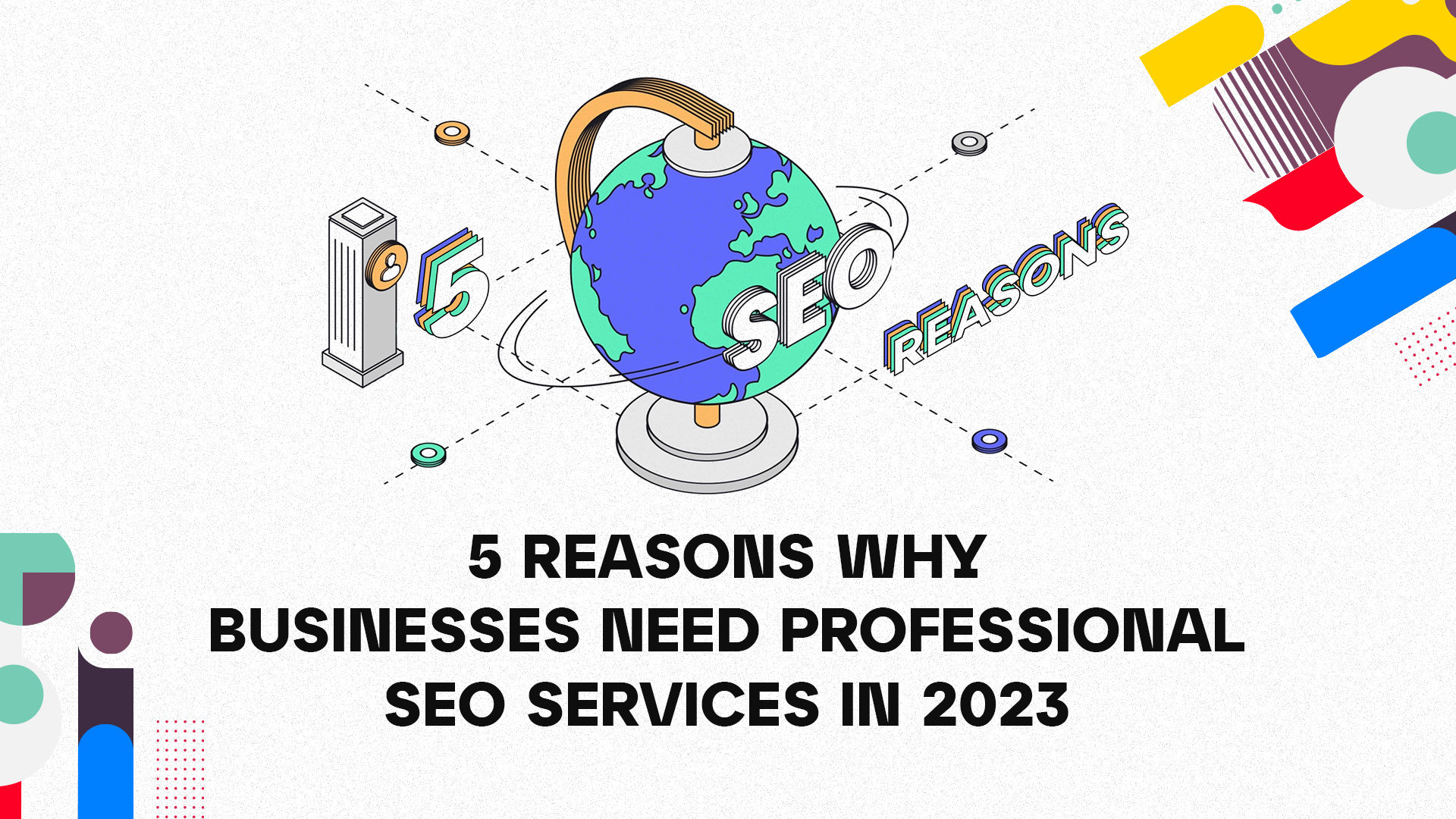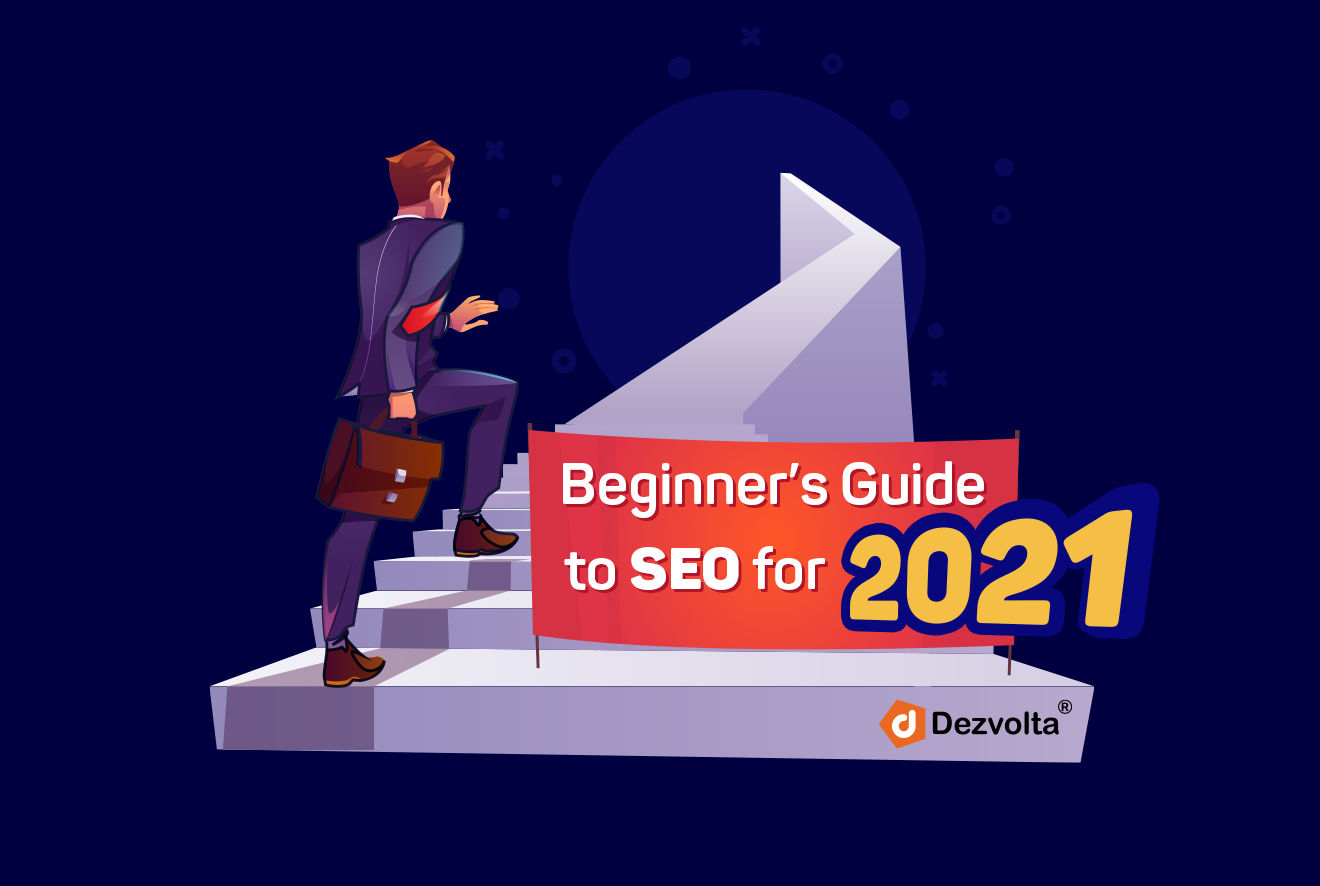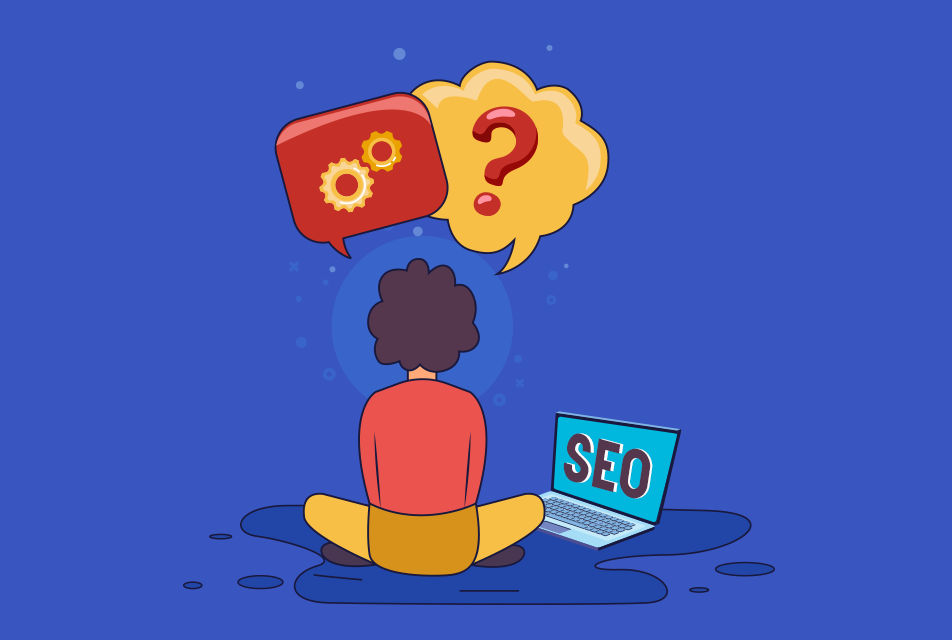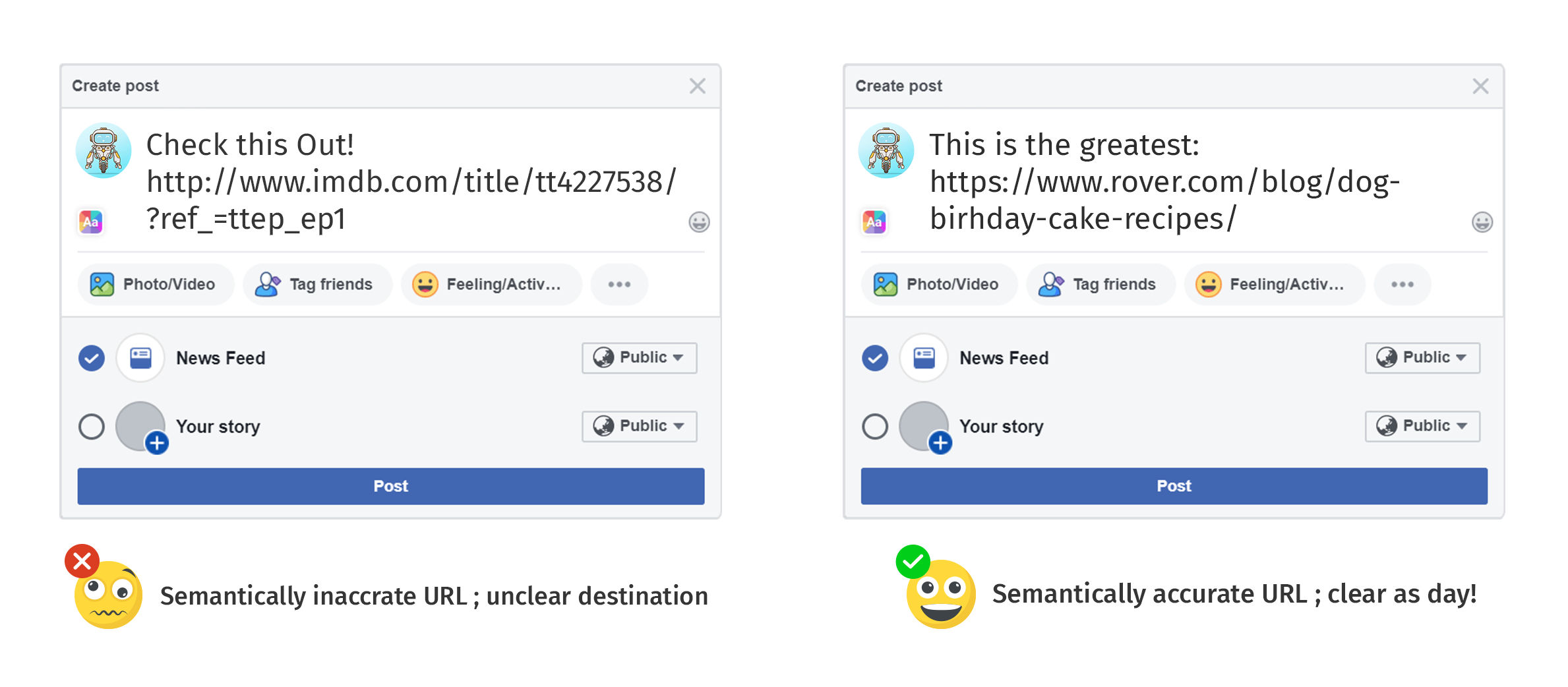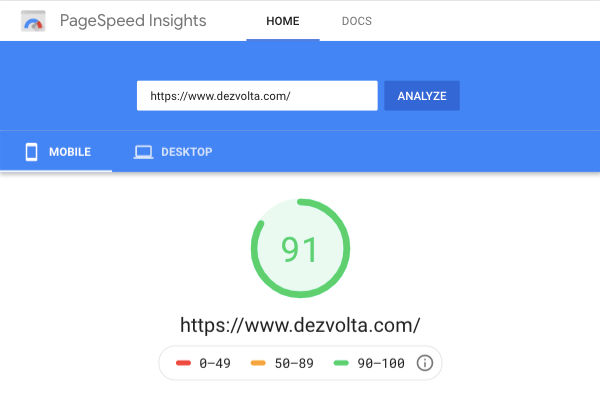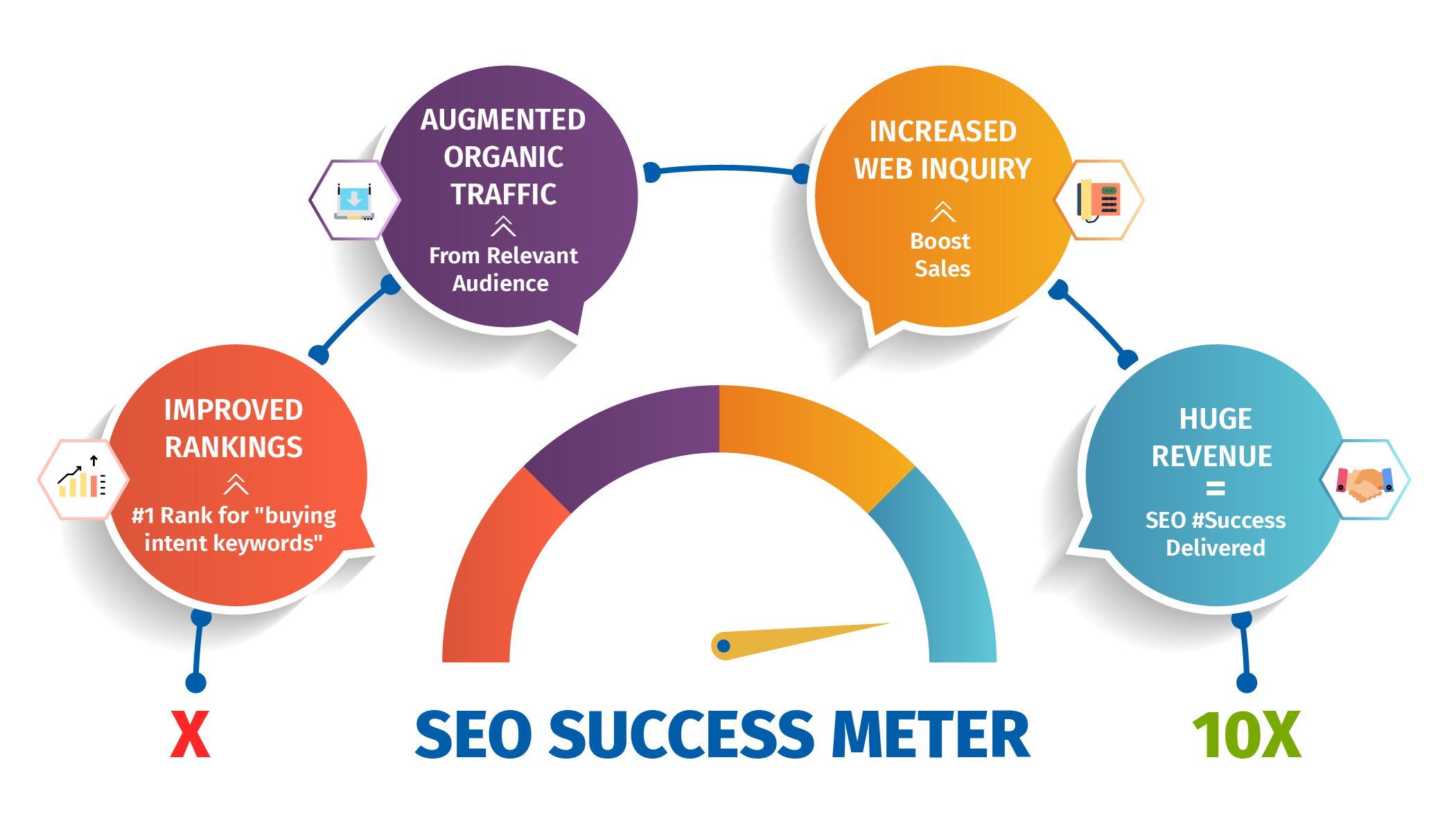Estimated reading time: 8 minutes
Before we start off with the reasons first let’s dig deep on the mindset of a small business.
Any small business with a strict budget would naturally hire an inhouse SEO resource or a freelancer to get things done. All is good if the hired resource is good. If messed up the scenario is different. With the thought of getting results, they would wait and wait and wait till a year or two only to be disappointed. As SEO is a long term process they convince themselves saying ”Good things take time. Let’s do it for six more months. We will definitely rank and orders will start pouring”. And finally end up wasting time and money realizing “OMG! I made a mistake. Should have hired an agency”. If you have been there, Sorry! And if you have a plan like this, stop it right now. Please save yourself from falling into the trap and thank me later!
Now let me tell you why an agency?. A successful digital marketing agency has a team of SEO experts well trained and experienced. The perk is not just one resource but an actionable workforce is working on your business website to rank you in the 1st page of Google’s SERP. Your goal is not just one person’s work but an agency’s work. The goal which you could not achieve in 2 years will be on your table in 6 months. The choice is yours now. To give further insights let me break down the truth in detail below.
So as discussed, having a strong online presence is more important than ever before. However, with limited resources and tight budgets, small business owners often struggle to develop and implement effective SEO strategies on their own. That’s why professional SEO services are essential for small business growth. In this article, we’ll explore five key reasons why small businesses need professional SEO services to increase visibility, attract more customers, save money, and gain a competitive advantage.
Introduction: The Importance of SEO Services for Small Businesses
Having a website is not enough to attract customers to your business. This is where Search Engine Optimization (SEO) comes in. Here is how SEO services for businesses can help them stand out in a competitive online marketspace.
What is SEO and Why is it Important for Small Businesses?
SEO is the process of optimizing your website and online content to improve your search engine ranking and attract organic traffic to your site. For small businesses, SEO is essential as it helps them reach their target audience and increase their online visibility. SEO can also provide a high return on investment (ROI) and save businesses money compared to traditional forms of advertising.
Increased Visibility: SEO Helps Businesses Stand Out
How SEO Improves Your Search Engine Ranking?
One of the biggest advantages of SEO is that it helps improve your search engine ranking. By optimizing your website and online content, you can increase your chances of appearing on the first page of search engine results. This increased visibility can lead to more clicks, website traffic, and potential customers for your business.
How SEO Attracts More Customers to Your Business?
By optimizing your website and online content for the right keywords your audience engages with, ensures that your business is visible to potential customers actively searching for products or services that you offer. Moreover, the readability and credibility in your title and description of your webpage increases the clickthrough rate. This generates more qualified leads and ultimately drives sales for your business.
Targeted Traffic: SEO Brings Relevant Customers to Your Business
How SEO Helps You Reach Your Target Audience?
SEO helps businesses reach their target audience by using multiple types like longtail, short tail and many more keywords to optimize your content for specific search queries. This results in attracting potential customers who are more likely to be interested in your products or services. This targeted traffic can lead to higher conversion rates and ultimately drive more revenue for your business.
How SEO Leads to Higher Conversion Rates?
In addition to attracting more customers to your business, SEO leads to higher conversion rates by improving user experience and making it easier for the customers to find what they’re looking for. This can lead to higher engagement and ultimately result in higher conversion rate for your business.
Cost-Effective Marketing: SEO Saves Small Businesses Money
How SEO Provides a High Return on Investment (ROI)?
One of the biggest advantages of SEO for businesses is its cost-effectiveness. Unlike traditional forms of advertising, SEO can provide a high return on investment (ROI) as it targets potential customers with real necessities who are actively searching for your products or services and are likely to convert quicker than usual. This can result in a higher conversion rate and ultimately drive more revenue for your business.
How SEO Helps Businesses Compete with Giants?
SEO helps businesses compete with larger companies by leveling the playing field in terms of online visibility. By optimizing your website and online content, you can improve your search engine ranking and attract potential customers who may not have otherwise found your business. This can help you compete with larger companies in your industry and ultimately drive sales for your business too.
Competitive Advantage: SEO Helps Small Businesses Compete with Larger Companies
Businesses either small ones or starting new often struggle to compete with larger companies that have established brand recognition, larger budgets, and more resources. However, with professional SEO services, any businesses can level the playing field and even outperform their larger competitors.
How SEO Levels the Playing Field for Small Businesses?
SEO allows small businesses to rank higher in search engines, making them more visible to potential customers by optimizing their website and content for relevant keywords, and small businesses can attract more traffic to their website and increase their online presence. This increased visibility can help level the playing field with larger competitors who may not have optimized their website for search engines.
How SEO Helps Small Businesses Outrank Larger Competitors?
Small businesses that invest in professional SEO services can outrank larger competitors by targeting niche keywords and providing high-quality content. Unlike larger companies, small businesses can be more agile and adapt to changes in search engine algorithms more quickly. By staying up to date with the latest SEO strategies and best practices, small businesses can improve their rankings and attract more customers.
Improved User Experience: SEO Enhances Your Website and Engages Customers?
SEO not only helps businesses rank higher in search engines but also improves the user experience of the website. By implementing best practices for website design and navigation, businesses can engage customers and keep them on their website for longer.
How SEO Improves Your Website’s Navigation and Accessibility?
Professional SEO services include optimizing website navigation and accessibility to improve the user experience. This makes sure that the website is easy to use and users find what they are looking for quickly. By providing a user-friendly website, businesses increase engagement and reduce bounce rates.
How SEO Enhances Your Website’s User Experience and Engagement?
SEO involves optimizing content for user engagement and not just search engines. This increases the time users spend on the website.which also includes creating high-quality content that is valuable to the target audience and incorporating multimedia elements like images and videos. By providing a positive user experience, businesses can build brand awareness and increase customer loyalty.
Measurable Results: SEO Provides Data-Driven Insights for Businesses?
By tracking website traffic and various KPI metrics, businesses can see the impact of their SEO efforts and make adjustments accordingly. Professional SEO services provide data-driven performance insights that aids businesses make informed marketing decisions.
How SEO Provides Analytics and Metrics for Measuring Success?
SEO professionals provide analytics and metrics that track website traffic and performance, including Domain Authority, Keyword Rankings, Organic Traffic, Conversion Rate, Click Through Rate(CTR), Load Time and Bounce Rates. This data informs businesses to understand which strategies are working and which ones need to be adjusted.
How SEO Helps Businesses Make Informed Marketing Decisions?
Optimizing SEO strategies, like targeting different keywords, fixing page speed, quality meta title and description and other best practices gives different perspectives of data to analyze. By analyzing the data provided by SEO services, businesses make informed marketing decisions to improve ROI and grow their business.
Conclusion: Invest in Professional SEO Services for Business Growth
In conclusion, Success ratio for SEO services is higher with SEO agencies in comparison with individuals. Moreover, professional SEO services provide businesses with a cost-effective and efficient way to improve their online visibility, attract more customers, and stay competitive in their industry. By partnering with a reputable SEO agency, business owners can focus on running their business while leaving the technical aspects of online marketing to the experts.
Frequently Asked Questions
SEO stands for search engine optimization. It is the process of optimizing your website and its content to improve your visibility and ranking on search engine results pages (SERPs).
Professional SEO services help businesses improve their online visibility, attract more targeted traffic, save money on marketing costs, gain a competitive advantage, enhance the user experience on their website, and provide data-driven insights for measuring success.
The cost of professional SEO services can vary depending on the scope of work, the size of your business, and the level of competition in your industry. However, most reputable SEO agencies offer a range of pricing options to fit your budget and marketing goals.
SEO is a long-term strategy that requires patience and ongoing effort. While some improvements may be seen within the first few weeks or months, it can take several months or even a year to see significant results. However, the benefits of SEO are long-lasting and can provide a solid foundation for continued growth and success.
